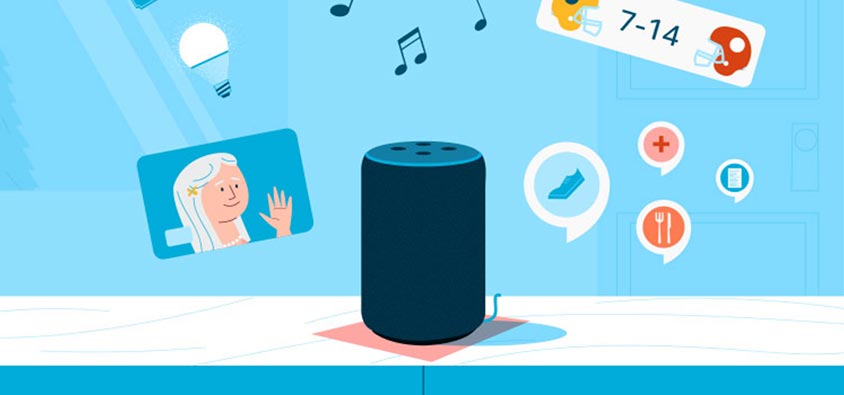“Alexa, where can I buy the best..?” Marketing in the age of Voice Assistants
First, they told us buttons were for suckers. Turns out, swiping and scrolling screens is the faux-pas now. Every day, Voice Assistants like Alexa and Google Assistant are saving humans from…scrolling screens or God forbid, picking up a remote control. In all seriousness, Voice Assistants have been welcomed in millions of households across the world with open arms. Which raises the next question – why haven’t they been targeted by marketers, yet?
What could be more personal than having your weather update interrupted by the jingle of an up and coming toothpaste brand? We all need reminders to pick up groceries – oh wait, not anymore. Advertising on Voice Assistants is undoubtedly the wet dream of every marketer. How do you get ahead of the bandwagon? While we may not have all the answers, here are a few pointers to get you started:
Pushing Personalisation
Already, Alexa and Google Assistant can learn different voices. This means questions would garner different answers for different people as the Voice Assistants are capable of mapping your habits. Advertisements are predicted to also become more user-controlled thus offering brands an opportunity to personalise conversations instead of using a mass marketing strategy.
Better Storytelling
Voice technology works by the virtue of being interaction-friendly. Making the now-inaccessible demographics like seniors and children accessible, it nudges marketers to rethink their messaging. Voice Assistants can be successful as marketing platforms only when content created is conversational. Wherein, branding becomes a more organic or natural process.

Conversations and More Conversations
Engaging conversations are centric to marketing on Voice Assistants. This is not just an opportunity for brands to experiment with their messaging, but it also builds a personal relationship with customers. Conversations help brands receive feedback, understand customer needs and build products that will drive more satisfaction.
Optimise for Conversations
With SEO, expanding reach largely involved targeting the right keywords. Unlike Google or any other search engine, Voice Assistants don’t accommodate an entire result page. A query will most likely result in one direct hit. Marketers in the future need to ensure their content makes the cut. How? Long-tail keywords that mimic natural language might just be the key.

Specific Targets
While increasing the demographics your brand can reach out to, marketing on Voice Assistants may also involve location-optimised targeting and ensuring the language/messaging you use to answer questions like who, what, why, where and how.
Building Value
Amazon reports that out of the huge library for Alexa Skill apps created by developers, 62% remain unused. Unless your service demonstrates clear value, creating an Alexa Skill is best left alone. Domino’s App’s functionality was pitched during Super Bowl as simplifying the process of ordering a pizza to a simple command to Alexa. Thus, winning over several fans in the USA.
Meanwhile, here’s how you can ensure your brand is on the map of voice technologies: create content that is optimised to appear as a featured snippet on Google’s search result page.
While you “All Hail!” voice assistants of the future, give us a shoutout and get in touch for your current digital marketing needs. After all, it is the present.

Leave A Comment